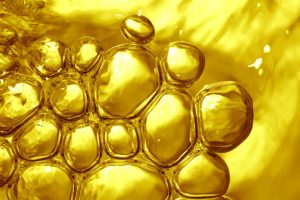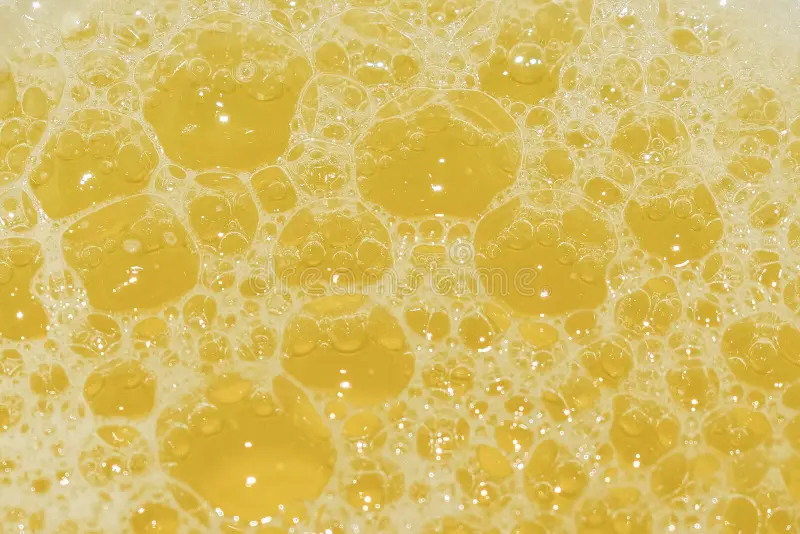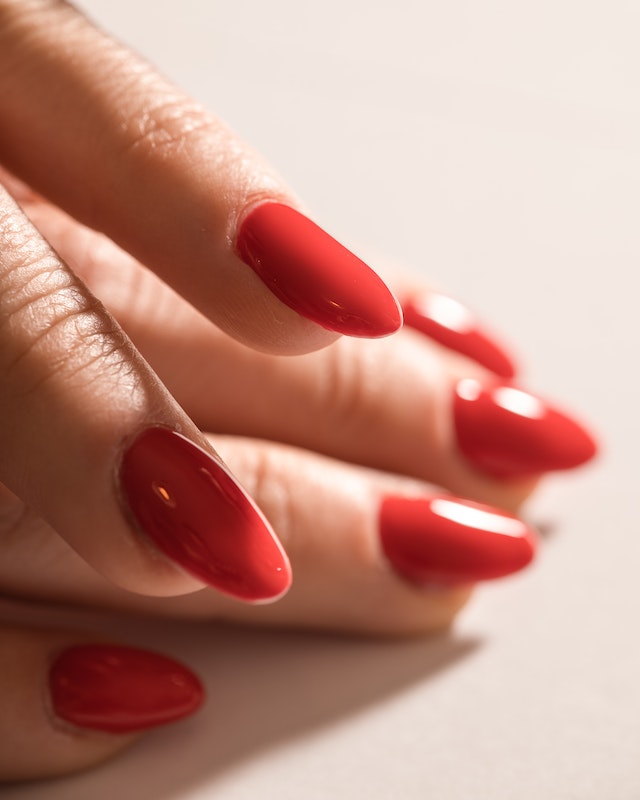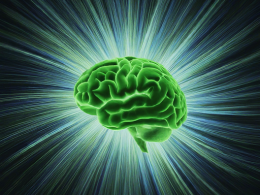Introduction:
Meet Dr. Michael M. Martin, a distinguished urologist with a wealth of experience spanning over two decades. His passion for unraveling the complexities of urinary health has led him to explore the often-overlooked phenomenon of foamy urine. In this comprehensive article, we will embark on a journey to understand the five common causes behind urine resembling a frothy brew. Dr. Martin’s expertise will guide health searchers through the intricacies of this topic, providing valuable insights and practical advice.
A Surprising Symptom Unveiled
Foamy urine is a peculiar symptom that often catches individuals off guard. While urine is typically viewed as a routine bodily function, the presence of bubbles resembling those in a beer glass can be disconcerting. In this section, we will unpack the unexpected occurrence of foamy urine, exploring why it captures attention and what it might signify.
Understanding Normal vs. Abnormal Foaming
Differentiating between harmless bubbles and potential health indicators is crucial for peace of mind. Dr. Martin provides diagnostic insights, guiding readers on when to seek professional advice and what observations can be made at home. Understanding the nuances of normal versus abnormal foaming is essential in interpreting the signals our bodies send.

5 Reasons Your Urine Resembles a Frothy Brew
In this detailed exploration, we delve into the five common causes behind urine taking on a frothy appearance. From the impact of dehydration to the role of diet and the potential implications of proteinuria, each cause is dissected with real-life examples and case studies. By the end of this section, readers will have a comprehensive understanding of what might be causing the unexpected foam in their urine.
3.1 Dehydration
Dehydration is a prevalent cause of concentrated urine, leading to foaming. We explore the relationship between insufficient fluid intake and the appearance of bubbles in urine. Practical tips for maintaining proper hydration levels and the impact of dehydration on overall health are discussed.
3.2 Diet Factors
Certain foods and drinks can contribute to temporary foaming in urine. From carbonated beverages to specific foods high in certain compounds, we unravel the dietary factors that may transform your urine into a frothy spectacle. Dr. Martin sheds light on how simple dietary adjustments can make a significant difference.
3.3 Proteinuria
Excessive protein in urine, known as proteinuria, is a potential sign of kidney issues. This section explores the mechanisms behind proteinuria, its implications for kidney health, and when to seek professional medical advice. Dr. Martin provides guidance on understanding protein levels in urine and their connection to foaming.
3.4 Urinary Tract Infection (UTI)
Inflammation in the urinary tract can lead to frothy urine. We investigate the role of urinary tract infections in causing bubbles and discuss the importance of early detection and treatment. Dr. Martin offers insights into preventing and managing UTIs to maintain urinary health.
3.5 Medication Side Effects
Some medications can contribute to foamy urine as a side effect. This section explores the common drugs associated with this phenomenon and provides guidance on managing medication-related foaming. Dr. Martin emphasizes the importance of communication with healthcare providers regarding medication concerns.
Decoding the Language of Urinary Signals
Understanding the various textures and consistencies of foamy urine is crucial in interpreting its potential significance. In this section, we delve into the language of urinary signals, exploring what different appearances might indicate about overall health. Dr. Martin provides valuable insights into deciphering the messages your urine might be sending.
Maintaining a Healthy Urinary Profile
Equipped with knowledge about the causes and signals of foamy urine, readers are guided through practical prevention strategies. From dietary adjustments to lifestyle changes, Dr. Martin offers actionable tips for maintaining a healthy urinary profile and reducing the likelihood of experiencing frothy urine.
Recognizing Red Flags and Seeking Professional Guidance
While understanding the causes and prevention strategies is crucial, recognizing red flags and knowing when to consult a healthcare professional is equally important. This section provides indicators that warrant a visit to a urologist or healthcare provider. Dr. Martin emphasizes the significance of timely intervention in preserving urinary health.
Key Points Table:
| Causes | Description |
|---|---|
| Dehydration | Insufficient fluid intake leading to concentrated urine |
| Diet Factors | Certain foods and drinks causing temporary foaming |
| Proteinuria | Excessive protein in urine, a potential sign of kidney issues |
| Urinary Tract Infection | Inflammation leading to frothy urine |
| Medication Side Effects | Some drugs can contribute to foamy urine |
Comparative Table – Foamy vs. Healthy Urine:
| Criteria | Foamy Urine | Healthy Urine |
|---|---|---|
| Appearance | Beer-like froth or bubbles | Clear and consistent without excessive foam |
| Frequency | Persistent or occasional | Consistent, minimal to no foam |
| Odor | May have a distinct or stronger smell | Mild, typical urine odor |
| Color | Normal or slightly darker due to concentration | Pale yellow to amber |
| When to Worry | If persists or accompanied by other symptoms | Consistently foamy or changes in color/odor |
Conclusion:
In conclusion, the journey through the world of foamy urine with Dr. Michael M. Martin has equipped health searchers with a deep understanding of the causes, diagnostic insights, and prevention strategies related to this intriguing phenomenon. By unraveling the mysteries of urine resembling a frothy brew, readers can navigate their urinary health with confidence and make informed decisions about when to seek professional guidance. Dr. Martin’s expertise and the comprehensive exploration of this topic ensure that individuals are empowered with the knowledge needed to maintain a healthy urinary profile.










